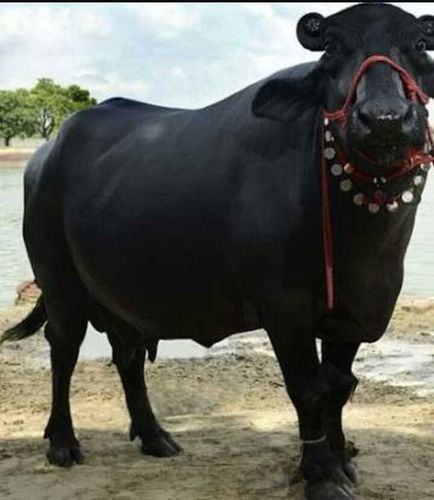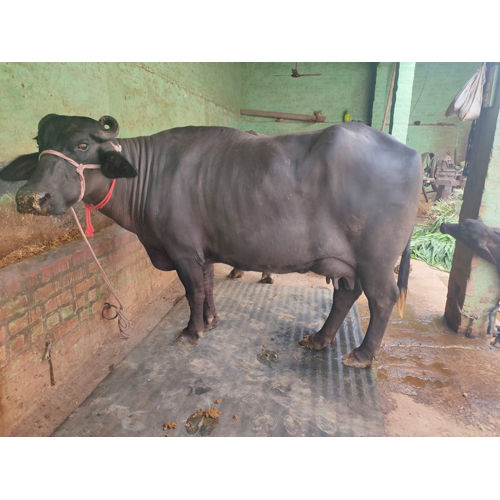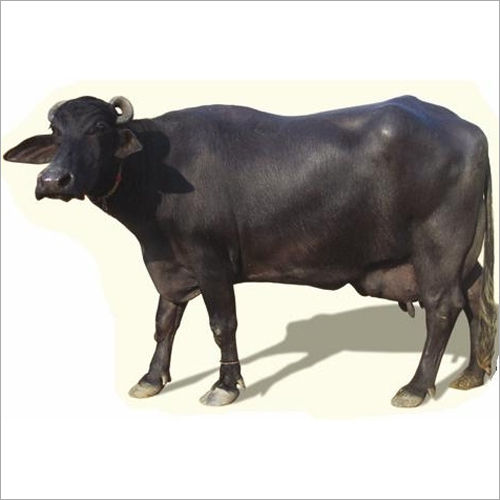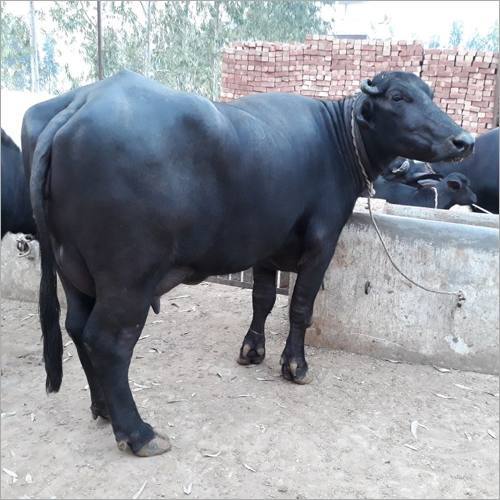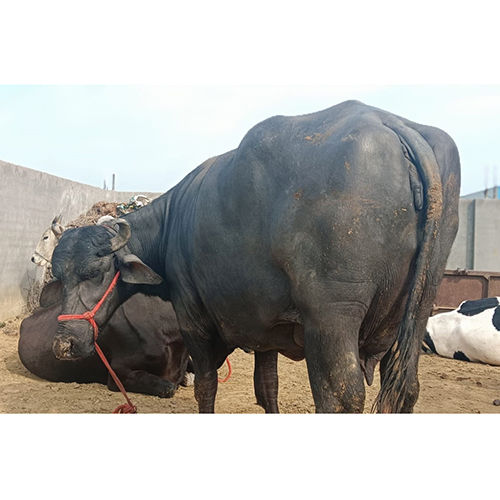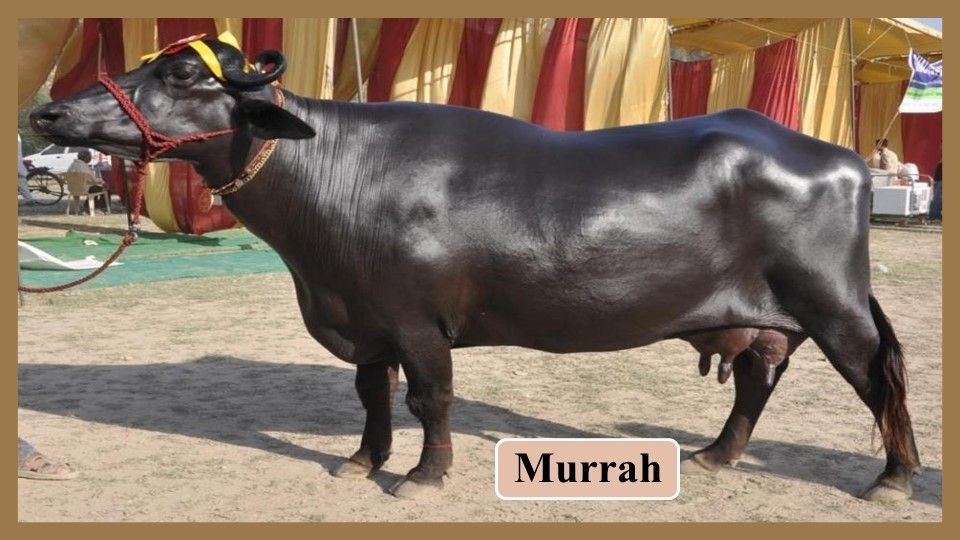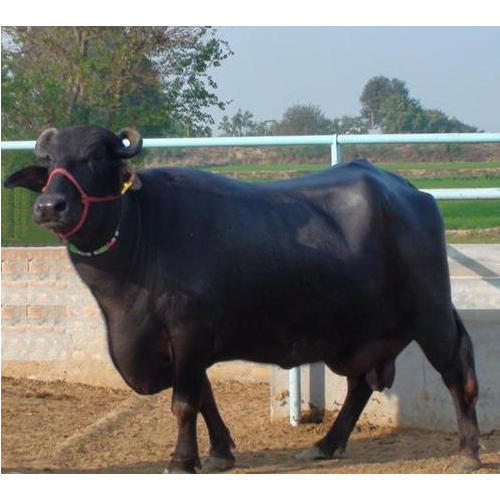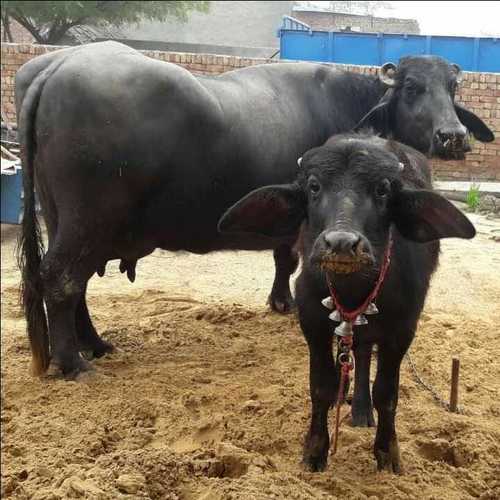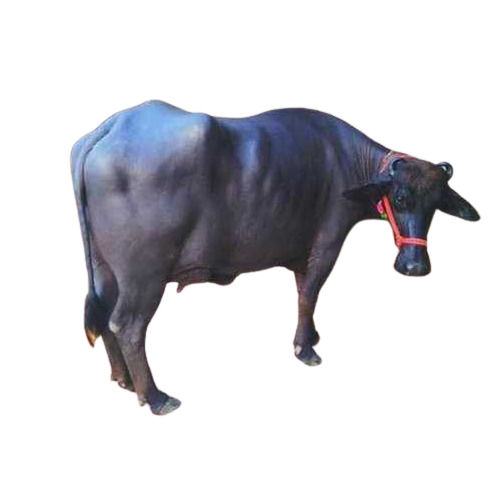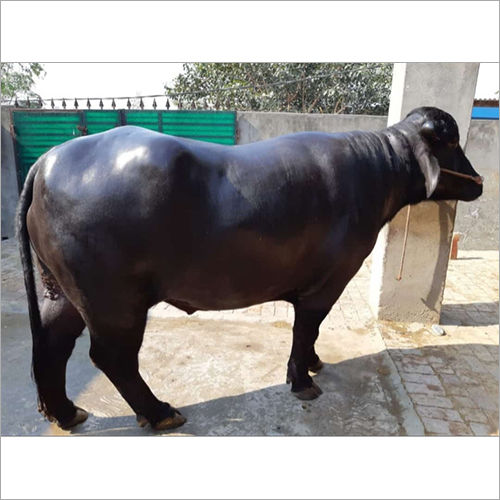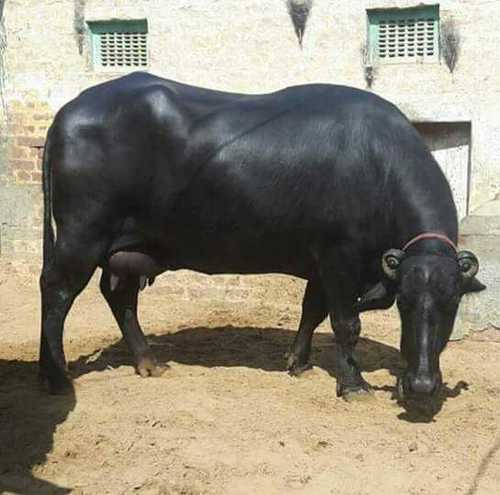Murrah Buffalo Breeds Price In India
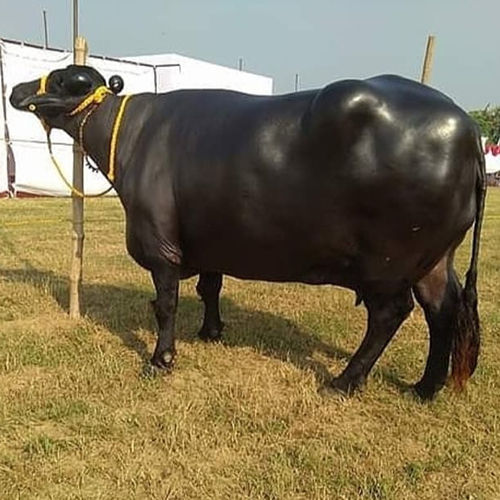
The market for Murrah buffalo breeds in India, often hailed as the “black gold” of the dairy industry, is experiencing a complex interplay of factors influencing their prices. High yielding buffaloes can command prices comparable to luxury vehicles, yet recent shifts in agricultural policy, feed costs, and disease prevalence are introducing volatility.
This article delves into the current price dynamics of Murrah buffalo breeds across India, examining the key drivers behind these fluctuations. We will explore the impact of government schemes, rising input costs, and the ever-present threat of disease on the livelihoods of farmers and the overall dairy economy.
Understanding the Murrah Buffalo Breed and its Value
The Murrah buffalo, originating from Haryana and Punjab, is renowned for its high milk production, averaging 2,500 to 4,500 liters per lactation. Its milk is rich in fat content (around 7%), making it ideal for producing ghee and other dairy products.
This high productivity translates into significant economic value for farmers, making the Murrah breed highly sought after across India.
Factors Influencing Murrah Buffalo Prices
Several factors converge to determine the price of a Murrah buffalo. Milk yield is paramount; animals with a proven record of high lactation command a premium.
Age and health also play crucial roles, with younger, disease-free buffaloes fetching higher prices. The animal's pedigree, indicating the quality of its lineage, adds to its market value.
Market dynamics in different regions impact prices as well. Demand in states with robust dairy industries, like Uttar Pradesh and Rajasthan, tends to push prices upward.
The Impact of Government Schemes and Subsidies
The Indian government, recognizing the importance of the dairy sector, implements various schemes to promote livestock farming. These schemes often include subsidies for purchasing high-yielding breeds like the Murrah buffalo.
Such interventions aim to make these animals more accessible to small and marginal farmers.
For example, the National Livestock Mission (NLM) provides financial assistance for breed improvement and infrastructure development.
However, the availability and effective implementation of these schemes can vary across states, influencing the overall market price.
Rising Input Costs and Their Effect
The rising cost of animal feed is a significant concern for dairy farmers. Feed costs, including concentrates and fodder, constitute a major portion of the operational expenses.
Fluctuations in the price of these inputs directly impact the profitability of dairy farming, influencing the prices farmers are willing to pay for buffaloes. Increased feed costs can lead to reduced investment in livestock, potentially dampening demand and leading to price stabilization or even decreases.
Additionally, the cost of veterinary care and other essential inputs contribute to the overall expense of maintaining Murrah buffaloes.
The Threat of Disease
Animal diseases, such as foot-and-mouth disease (FMD) and brucellosis, pose a constant threat to livestock. Outbreaks can lead to significant economic losses due to reduced milk production, treatment costs, and even mortality.
The fear of disease outbreaks often impacts the market price of buffaloes. Farmers may be hesitant to invest in livestock during periods of increased disease risk, leading to a decrease in demand and prices.
Preventive measures, such as vaccination campaigns, are crucial to mitigate the impact of diseases on the dairy industry and stabilize market prices.
Regional Price Variations
The price of Murrah buffaloes varies significantly across different regions of India. States with a well-established dairy cooperative network and strong demand for milk products, generally see higher prices.
Proximity to breeding centers and availability of quality veterinary services also contribute to regional price differences. The level of awareness among farmers about best management practices also plays a significant role.
For example, Haryana, the origin of the Murrah breed, often commands premium prices for its buffaloes due to the breed's superior genetics and the region's expertise in animal husbandry.
Looking Ahead: The Future of Murrah Buffalo Prices
The future of Murrah buffalo prices in India hinges on several factors. Continued government support through well-designed schemes is essential to promote breed improvement and make these animals accessible to more farmers.
Investment in research and development to improve animal health and productivity is crucial. Furthermore, sustainable farming practices and efficient feed management strategies are needed to reduce input costs and enhance profitability.
By addressing these challenges, India can ensure the long-term sustainability and profitability of the Murrah buffalo dairy industry, securing the livelihoods of millions of farmers and contributing to the nation's food security.
Ultimately, the price of these "black gold" animals reflects not just their milk yield, but the health, policies, and economic realities of the Indian dairy landscape.
